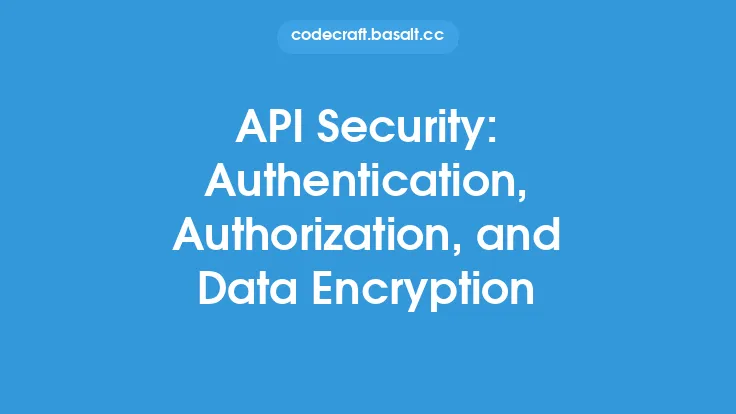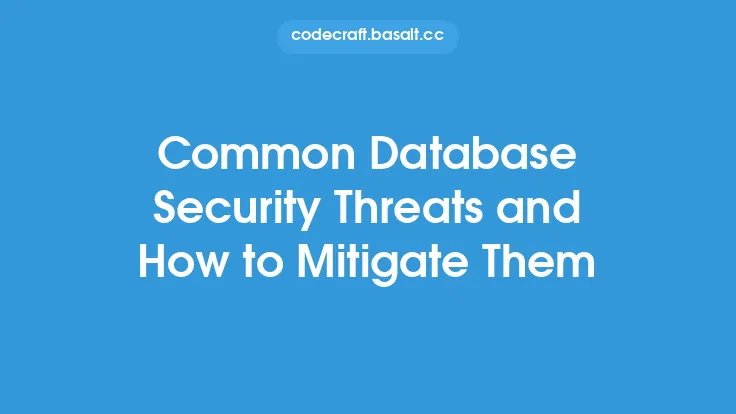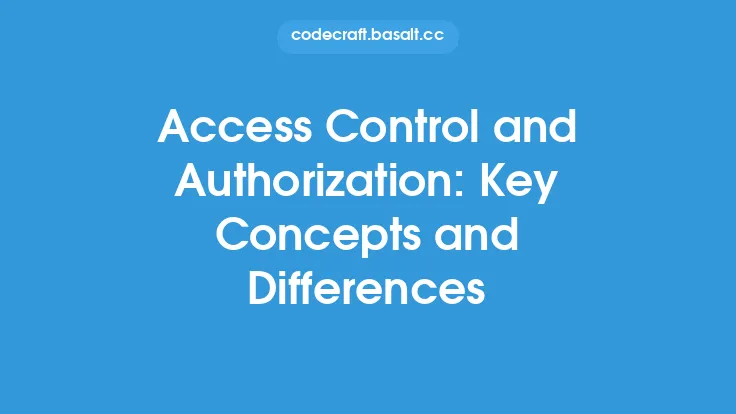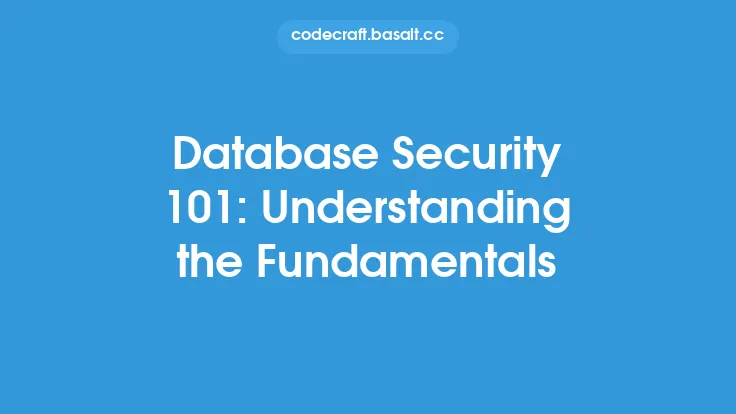When designing and implementing microservices-based systems, security is a critical aspect that cannot be overlooked. Microservices architecture introduces a new level of complexity, with multiple services communicating with each other, which creates a larger attack surface. In this context, authentication and authorization are essential strategies to ensure the security and integrity of the system. In this article, we will delve into the world of microservices security, focusing on authentication and authorization strategies that can help protect your system from unauthorized access and malicious activities.
Introduction to Microservices Security
Microservices security is a broad topic that encompasses various aspects, including network security, data encryption, access control, and more. However, authentication and authorization are the foundation of microservices security, as they enable you to control who can access your services and what actions they can perform. In a microservices-based system, each service may have its own authentication and authorization mechanisms, which can lead to complexity and inconsistencies. Therefore, it is essential to design a unified security strategy that can be applied across all services.
Authentication Strategies
Authentication is the process of verifying the identity of a user, service, or system. In microservices architecture, authentication can be performed using various strategies, including:
- Token-based authentication: This involves generating a token that is sent to the client, which can then be used to access protected resources. Tokens can be generated using JSON Web Tokens (JWT), OAuth, or other token-based authentication protocols.
- Certificate-based authentication: This involves using digital certificates to verify the identity of a user or service. Certificates can be issued by a trusted certificate authority (CA) and can be used to establish secure connections between services.
- Username/password authentication: This is a traditional authentication method that involves using a username and password to verify the identity of a user. However, this method is not recommended for microservices-based systems, as it can lead to security vulnerabilities and scalability issues.
Authorization Strategies
Authorization is the process of determining what actions a user or service can perform on a protected resource. In microservices architecture, authorization can be performed using various strategies, including:
- Role-based access control (RBAC): This involves assigning roles to users or services, which define the actions they can perform on protected resources. RBAC is a widely used authorization strategy, as it provides a flexible and scalable way to manage access control.
- Attribute-based access control (ABAC): This involves assigning attributes to users or services, which define the actions they can perform on protected resources. ABAC is a more fine-grained authorization strategy than RBAC, as it allows for more precise control over access to protected resources.
- Policy-based access control: This involves defining policies that determine what actions a user or service can perform on protected resources. Policies can be based on various factors, including user identity, service identity, and environmental conditions.
Service-to-Service Authentication and Authorization
In a microservices-based system, services often need to communicate with each other to perform complex tasks. In this context, service-to-service authentication and authorization are critical to ensure that only authorized services can access protected resources. There are several strategies for service-to-service authentication and authorization, including:
- Mutual TLS authentication: This involves using mutual TLS (Transport Layer Security) to establish secure connections between services. Mutual TLS authentication ensures that both the client and server services are authenticated and authorized to communicate with each other.
- Service tokens: This involves generating tokens that are specific to each service, which can be used to authenticate and authorize service-to-service communication.
- API keys: This involves using API keys to authenticate and authorize service-to-service communication. API keys are unique identifiers that are assigned to each service, which can be used to access protected resources.
Best Practices for Microservices Security
To ensure the security and integrity of your microservices-based system, follow these best practices:
- Use a unified security strategy: Design a unified security strategy that can be applied across all services, to ensure consistency and reduce complexity.
- Implement authentication and authorization: Implement authentication and authorization mechanisms to control access to protected resources and ensure that only authorized users and services can access sensitive data.
- Use encryption: Use encryption to protect data in transit and at rest, to prevent unauthorized access and malicious activities.
- Monitor and audit: Monitor and audit your system regularly, to detect and respond to security incidents and vulnerabilities.
Conclusion
Microservices security is a critical aspect of designing and implementing microservices-based systems. Authentication and authorization are essential strategies to ensure the security and integrity of the system, by controlling access to protected resources and preventing unauthorized access and malicious activities. By following best practices and using various authentication and authorization strategies, you can protect your system from security threats and ensure the confidentiality, integrity, and availability of sensitive data. Remember to stay vigilant and adapt to emerging security threats and vulnerabilities, to ensure the long-term security and success of your microservices-based system.





